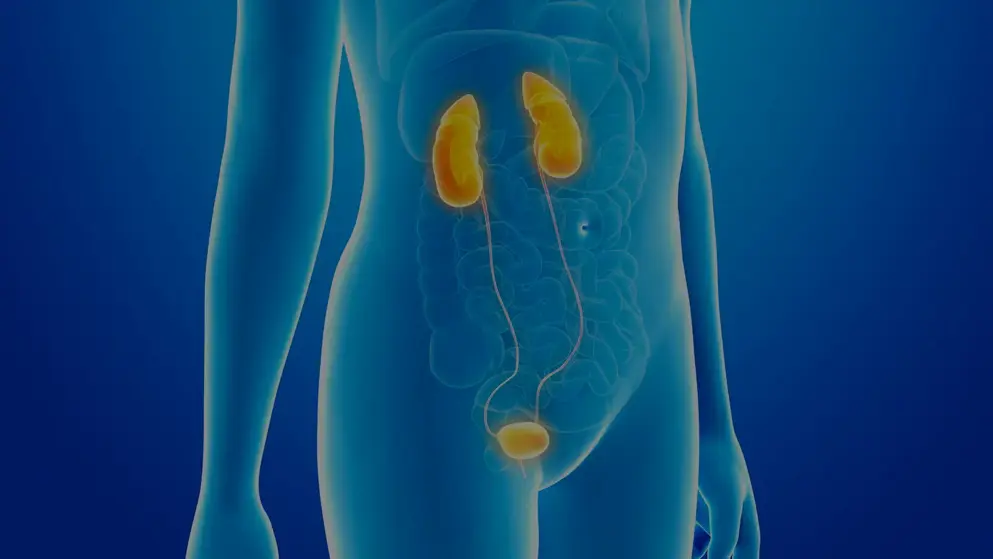
Cystinosis
Cystinosis is a rare autosomal recessive lysosomal storage disorder characterised by the defective clearance and abnormal accumulation of free cystine crystals within the lysosomes of numerous cell types, eventually leading to widespread tissue and organ damage.
Nephropathic cystinosis, primarily affecting infants, is the most common form of the disease. Symptoms include poor growth and kidney problems as well as the loss of important minerals, salts, fluids, and other nutrients. This nutrient loss can lead to bowed bones, polyurea, polydipsia, dehydration and acidosis. By age two, the cystine crystal build up in the eyes can lead to photophobia and by age ten the cystinosis can lead to complete kidney failure.
Current treatments for nephropathic cystinosis involve a combination of oral and topical cystine-depleting pharmacotherapy combined with therapies to manage the symptoms of the disease.
of interest
are looking at
saved
next event

